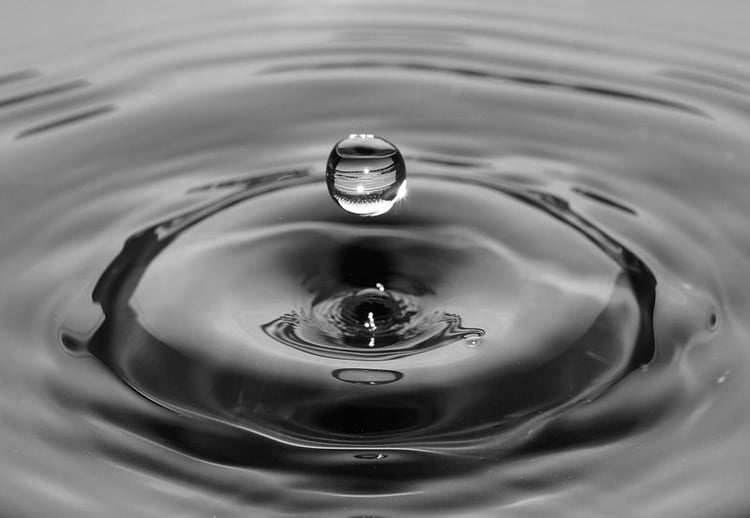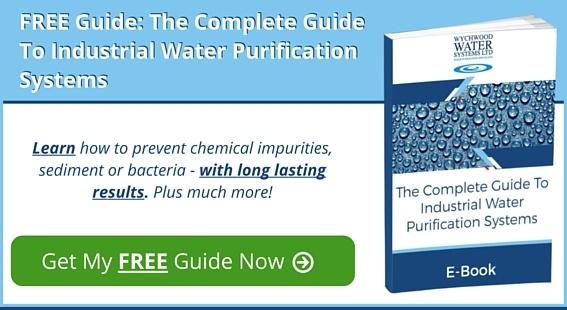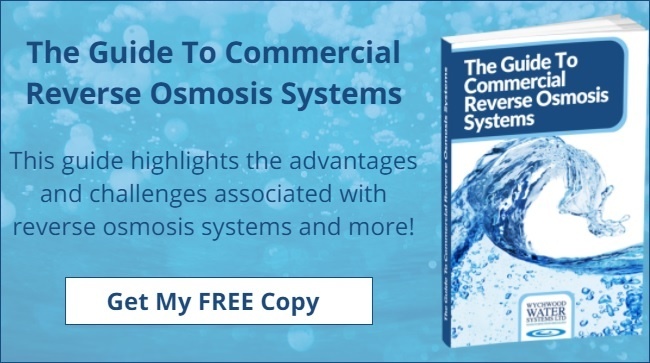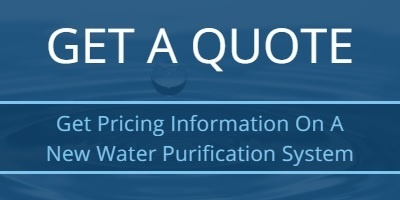
One of the most common errors made by facilities using water purification system is to not set up a regular preventative maintenance programme. Not performing regular maintenance on ultrafiltration (UF) water systems can result in several problems that can render your system inoperable.
The maintenance requirements of your system must be adhered to in order to ensure consistent water quality in your facility. This article will cover how to properly maintain the membranes of both Reverse Osmosis (RO) and UF industrial water treatment systems.
Maintaining UF Systems
Ultrafiltration systems contain extremely fine membrane filters which need to be properly cleaned. The cleaning process used depends on whether a UF system is being used to remove organic or inorganic contaminants, or even both.
Organic Membrane Treatment
The tubular membranes used in some UF systems require careful chemical cleaning. Several chemicals may be used to clean UF membranes, including caustics, chelating agents and surfactants. The general cleaning protocol for the cleaning of tubular membranes is to use a low foam, medium alkaline detergent at 0.6% to 1% for a maximum of 40 to 60 minutes. This procedure is referred to as CIP (Clean in Place). For any well designed UF rig this facility is designed in.
Inorganic Membrane Treatment
Membranes used to trap inorganic contaminants are best treated with citric acid at a maximum concentration of 3.0 %. The acid should circulate for 1 to 3 hours. Hydrochloric acid can also be used to clean membranes, as can oxalic, sulfuric and nitric acid.
Maintaining Reverse Osmosis (RO) Systems
The quality of water produced by your RO system will depend on several factors. Not only does the system need to have been installed correctly, but water must be properly pre-treated to remove chemicals and inorganic contaminants. As well, regular maintenance of the system must be taking place.
One sign that your RO system is ready for maintenance is when your water recovery rate drops below 70%. This drop can indicate that a system inspection is due, or that membranes require cleaning or replacement.
Over time, membranes can become scaled by calcium and organic contaminants. However, if your system’s membranes become clogged, this doesn’t necessarily mean that costly replacement is the only option; you should attempt to clean the membranes first. The kind of cleaning routine you need depends on what has fouled the membrane. There are several ways to clean RO membranes.
Concrete Flushing
This process involves flushing RO membranes with feed water forward and through the system at a high rate of speed. This allows any particles which have attached themselves to the pores of the membrane to be released and then discharged. This works only for particles which have not adhered to the feed side of the RO system.
Backward Flushing
Reverse filtration is involved with backward flushing. Permeate water is flushed through the RO system’s feed water side under pressure, releasing particles that have adsorbed to the pores of the membrane to be released and removed.
Chemical Cleaning
The chemical cleaning of RO membranes involves soaking membranes in a solution of hydrogen peroxide, hydrochloric acid or chlorine bleach solution. Following soaking, the membranes are subjected to forward or backward flush to remove contaminants.
General Cleaning Requirements
Regardless of the system being cleaned, adequate time must be allowed in order to ensure that any chemicals or process used for cleaning have sufficient interaction time with foulants. As well, operators must be careful not to extend any treatment process beyond optimal duration, as this can lead to membrane damage.
The aggressiveness of any chemicals used is another important consideration. In cases where a high degree of fouling must be removed, aggressive cleaning solutions may be necessary. However, this may not be suitable for applications in which chemically-sensitive membranes are being used, as it can cause them to age prematurely.
Following treatment, cleaning effluent must be disposed of in a way that complies with regulations. The release of any effluent must be monitored and controlled to avoid high concentrations of chemicals entering waterways.
Our Guide To Industrial Water Purification Systems
It can definitely be a challenge to maintain the purity of water produced by ultra-filtration water systems. If you want advice on the best methods of maintenance for your system, you need look no further than our Guide to Industrial Water Purification Systems. Created by our expert team here at Wychwood, this guide is available for free, and will become your go-to resource for many of the common problems you may encounter with your system. We also encourage you to get in touch with us via email with your maintenance questions at sales@wychwood-water.com.









 We are a specialist independent company involved in water purification and water treatment technologies
We are a specialist independent company involved in water purification and water treatment technologies


